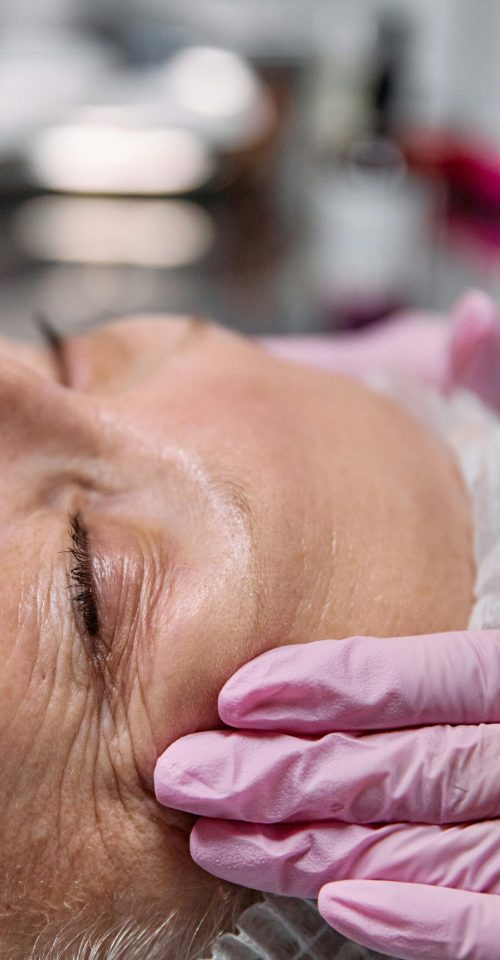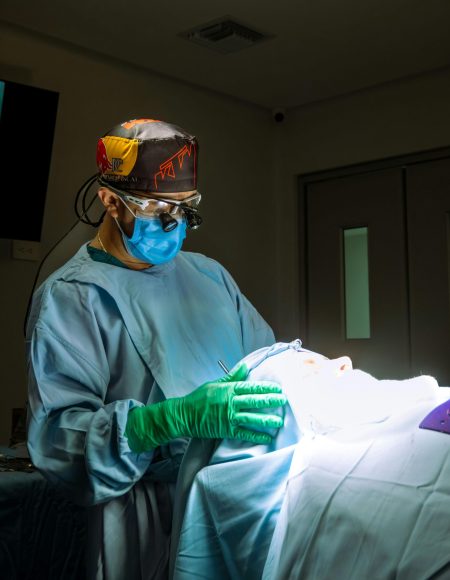Hydrocephalus
MBBS, MS (General Surgery), M.Ch. Neurosurgery. A neurosurgeon with over 10 Yrs. years of experience Awarded as the best resident in Neurosurgery and was a regional & zonal winner at TYSA neurosurgery.
Hydrocephalus essentially means too much water in the brain. It is a condition that happens when excess cerebrospinal fluid (CSF) collects in the brain. CSF is a clear water like fluid that surrounds the central nervous system (CNS) to give protection, nutrients and remove waste. Too much fluid causes pressure to build and can cause damage to the brain cells. In babies, when the bones of skull have not fused together, the pressure and fluid build-up can increase head size.
Hydrocephalus can happen after:
• Post head injury
• a brain bleed or intracranial haemorrhage
• a brain tumour
• Meningitis.
Related Treatments
- Brain Tumor Surgery
- Neuro Infections
- Spine Disorders
- Cerebral Palsy
- Dementia Treatment
- Stroke Paralysis
- Brain Hemorrhage Treatment
- Parkinson’s Disease
- Dementia Treatment
If a child is born with hydrocephalus, it is called congenital hydrocephalus. The underlying causes could be genetics, environmental/external factors or disorders of brain development including:
• Spina Bifida or Neural Tube Defects –
when the spinal cord is exposed at birth and does not have enough CSF
• Chiari Malformations –
defects at the base of the brain where the spinal column joins the skull
• Craniosynostosis –
when skull bony fusion precedes brain growth.
Signs and Symptoms
The most common symptoms of hydrocephalus are:
- Headache
- Nausea
- Vomiting
- Seizures and Fits
For babies, hydrocephalus can also cause:
- Increased Head Size
- Bulging or Firm Fontanelle – the soft spot on a baby’s head
- Poor Feeding
- Drowsiness or Sleepiness
- Eyes turning inwards
For older children and teenagers, hydrocephalus can also cause:
- Blurred or Double Vision
- Problems Concentrating
- Coordination Issues
- Confusion
- Incontinence


Diagnosis
Diagnosis is made by clinical history and examination findings. In addition, certain tests are ordered to determine the levels of CSF around the brain.
These can include:
- Ultrasound – during pregnancy and on babies whose fontanelle has not closed
- CT Scan
- MRI
- Lumbar Puncture – a procedure where a needle is inserted in the lower spine and CSF is taken from the lower spine and the pressure is checked.
Treatment
The pressure on the brain can be relieved by creating an internal bypass for the excess build up fluid by inserting a ventricular peritoneal (VP) shunt.
The shunt is a long, thin piece of tubing under the skin. It has a one-way valve that takes the fluid from the brain and drains it and into the abdomen. The shunt sits inside body, but the outline of the tube can be seen down the side of the neck and below the ear. The shunt will normally have a long coil of tubing in the abdomen. This allows it to grow with your child as they get bigger.
A shunt will not cure hydrocephalus, but it will relieve pressure and help the head and brain to grow normally.

